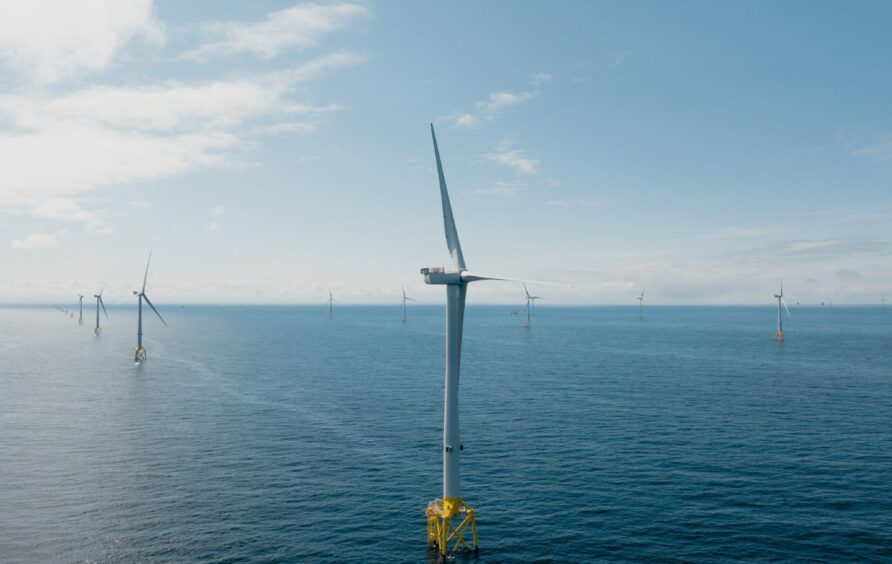
The UK government’s Mission Control taskforce has flagged reforms to renewable auctions and electricity markets as part of its push to decarbonise the grid by 2030.
Speaking at the Energetic Future event in Newcastle this week, Mission Control deputy director Alok Vora outlined potential reforms in an “action plan” set for publication later this year.
These include reforms to the Contracts for Difference (CfD) process, greater clarity on the possible introduction of locational electricity pricing, and grid connection reforms.
Vora said the reforms aim to “drive progress forward much quicker” as part of efforts to upgrade the grid and support increased renewable energy generation.
Clean Power by 2030
Last week, the newly formed National Energy System Operator (NESO) said the Labour government’s 2030 clean power goal is “achievable“.
While Vora admitted the clean power target is “at the margins of possibility”, he said the government’s ambition is not solely about decarbonisation.
“The question is not if we decarbonise, it’s when and how we decarbonise, and clean power by 2030 is an answer to that question of when and how we decarbonise,” Vora said.
“What we’re trying to do with this is to invest and build at scale and at speed in a way that this country hasn’t for the past few decades.
“You’d have to go back to maybe the 60s to see a rate of network and generation build out that we anticipate we need for the transition to a clean power system by 2030.”
Vora said securing that network and generation investment will also secure jobs and economic growth “across the country as long as we can distribute it fairly”.
The goal for Mission Control, established by the Department for Energy and Net Zero (DESNZ), is for domestic and commercial power users across the UK to “plug in” and not worry about the source of their power, Vora said.
But while 2030 has been set as the target, Vora said the increase in UK electricity demand expected by 2035 highlights the importance of reforming the system now.
“Another critical value of speeding up this transition at this moment in time is it kick starts the system to deliver not just for 2030, but for 2035, 2040, 2050,” he said.
“We are going to have to continue this pace of build from now until then. It doesn’t let up.
“But if we do not hit that pace now, we will be struggling to catch up in the next few years.”
Offshore wind CfD reforms
Ensuring the 2030 target remains within reach will require a substantial increase in renewable energy generation, particularly in the offshore wind sector.
According to NESO, the UK will need a “sustained rollout of offshore wind is needed at over double the highest rate ever achieved in Great Britain”.
In total the UK will need at least 43 GW of offshore wind capacity by 2030, with 50 GW required if no new dispatchable power generation is delivered.
Few in the sector think the UK will meet that target however, with a survey last year showing just 4% of senior industry are confident in delivering the 50 GW goal.
But optimism has risen since the sixth CfD allocation round put the industry “back on track” in September after the failed AR5 auction in 2023.
Alongside proposed planning and grid connection reforms, Vora said Mission Control “recognise that there are things that we have to change” regarding the CfD process.
“I can’t say exactly what we’ll be doing, but there is work in progress to make sure that we do secure, particularly all the offshore capacity that we know we need going into 2030 and that should be included,” he said.
Clean Industry Bonus
Separately, the UK government on Tuesday launched the Clean Industry Bonus (CIB) scheme in conjunction with the CfD rounds for offshore wind project.
Previously known as Sustainable Industry Rewards (SIR), the UK government confirmed in March it would introduce the bonus for the AR7 auction in 2025.
DESNZ said fixed and floating projects can obtain extra CfD revenue support if they “choose to invest in more sustainable supply chains”.
Investments eligible for additional support include the manufacturing of blades, nacelles, towers, foundations and cables, as well as ports, vessels and marshalling facilities.
The measures provide a provisional £27 million per Gigawatt of offshore wind projects, meaning if AR7 secures between 7 to 8GW of offshore wind applications, the budget could go up to £200m.
The announcement came as Prime Minister Sir Keir Starmer arrived at the COP29 summit in Azerbaijan and pledged to increase the UK 2035 emissions reduction target.
Grid connections and zonal pricing
NESO and Ofgem have also outlined proposals to switch from a “first come, first served”, system for grid connection to a “first ready, first connected” process.
Building on this, Vora said Mission Control will “layer on criteria” which allows the government to prioritise projects it deems as “system critical” to accelerate progress.
Mission Control also expects to give greater clarity and certainty for wind developers on the potential introduction of zonal electricity pricing.
Vora said an announcement on the changes, included in the review of electricity market arrangements (REMA), had been delayed due to the timing of the general election.
Renewable energy developers, particularly in Scotland, have raised concerns that changes to the electricity market could pose a threat to investment.
Vora said the taskforce hopes that providing greater certainty on CfD reforms and the REMA process will give a “greater route to market certainty” for developers.
Future role for Mission Control
While delivering the action plan is a priority, Vora said Mission Control sees itself playing a greater role in the UK energy sector in the future.
“We’ve not been set up just to get out his publication, get out a plan and then meet it,” he said.
Mission Control will aim to act as something akin to a “concierge service” for every infrastructure developer across generation, transmission and distribution, Vora said.
The Clean Power Commission, appointed last month, will monitor progress and provide support to projects deemed necessary to meeting the 2030 goal.
In addition, Vora said Mission Control is exploring “novel” initiatives surrounding the skilled workforce and the supply chain.
“We don’t want people competing each other out of the process,” he said.
“We want to coordinate it successfully, and we want to be there as the convener of that.”
Recommended for you


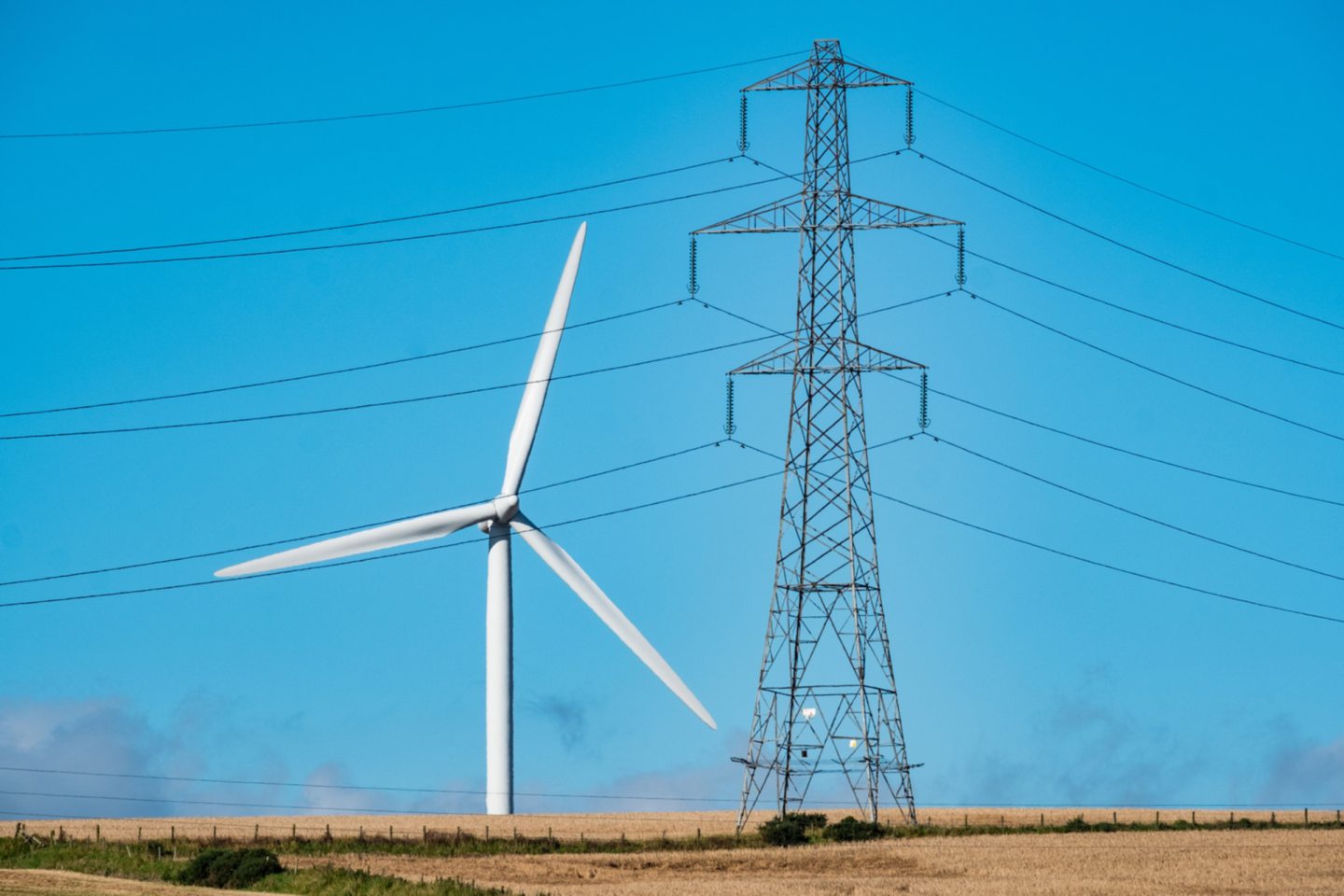 © Supplied by SSEN Transmission
© Supplied by SSEN Transmission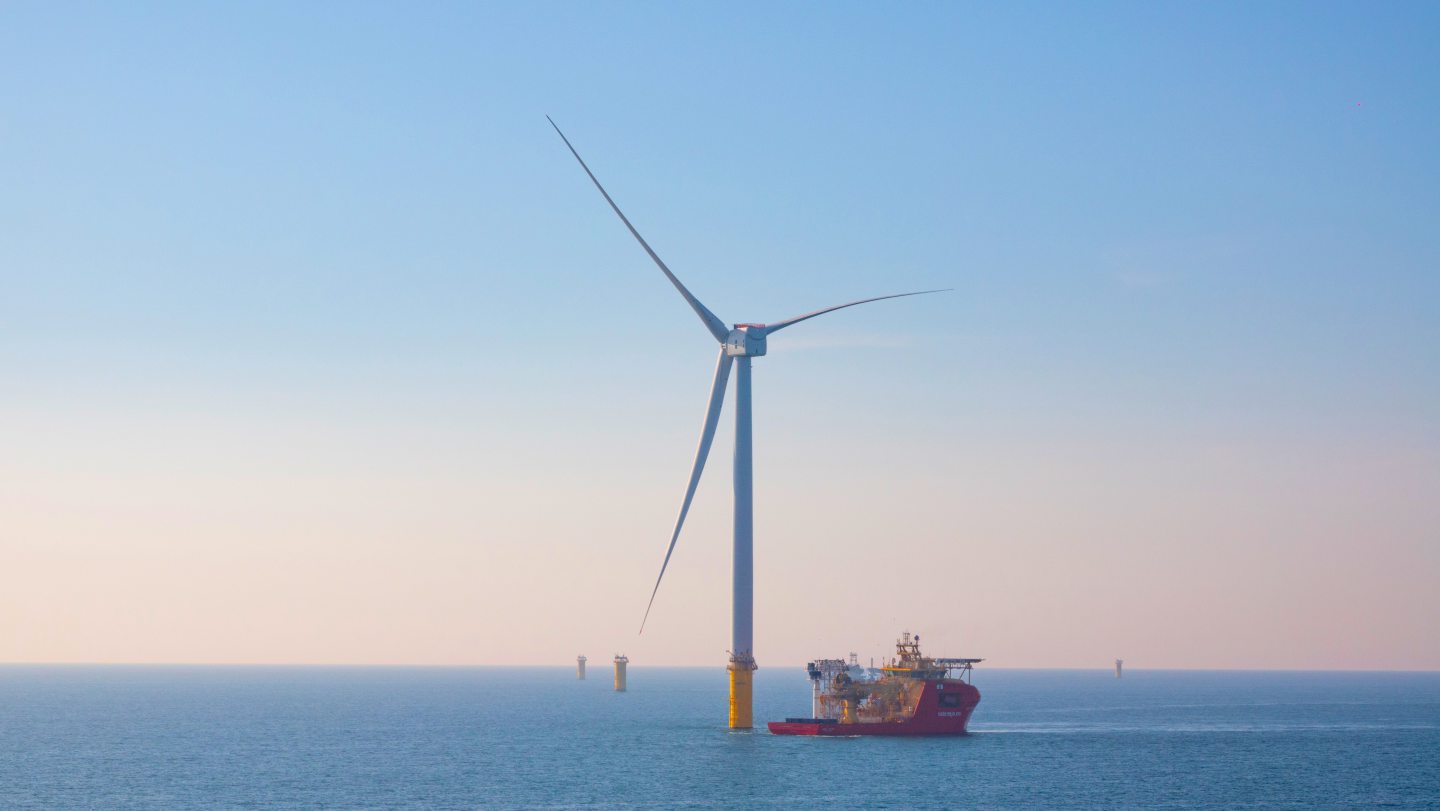 © Supplied by SSE
© Supplied by SSE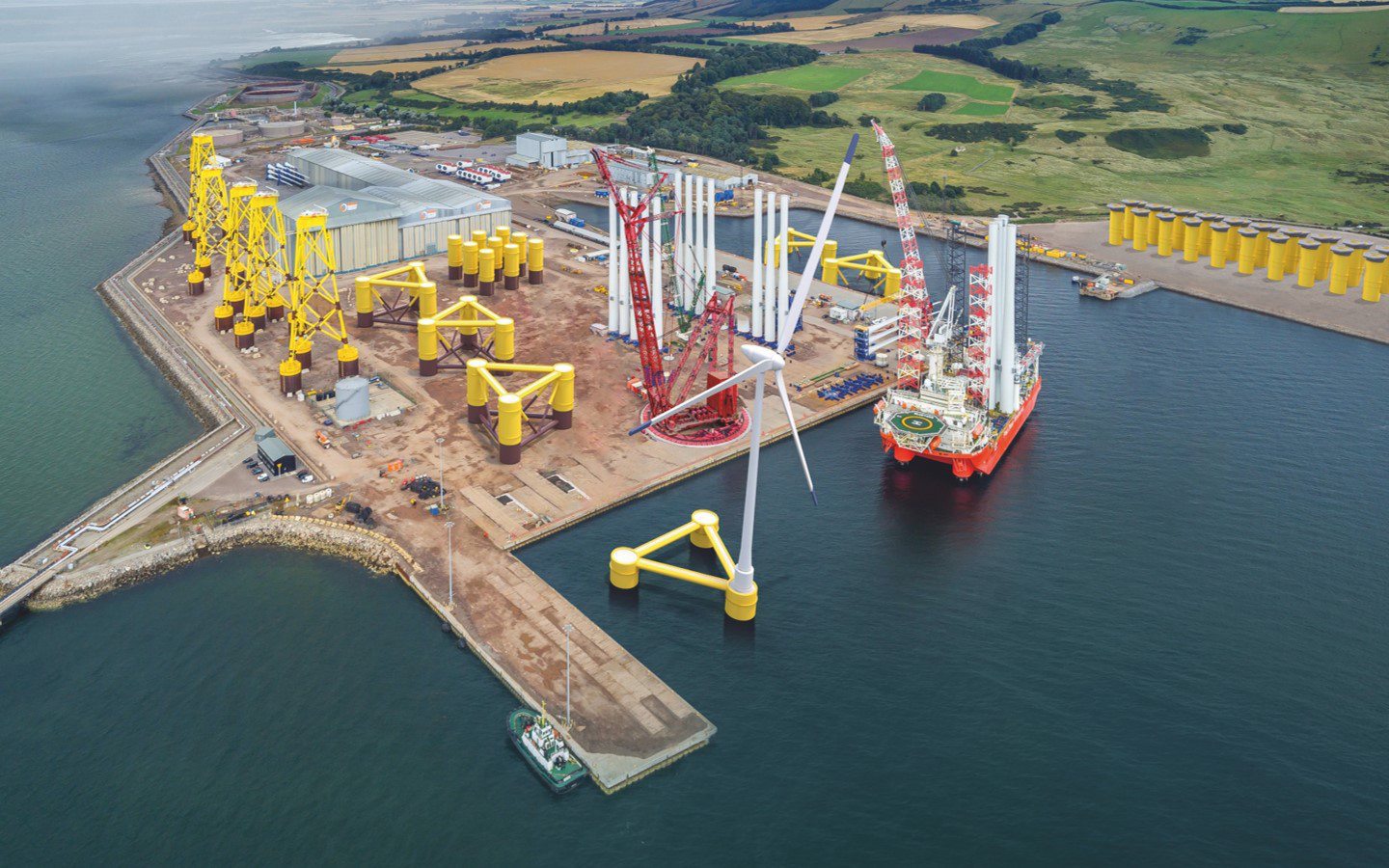 © Supplied by Ross Creative Commun
© Supplied by Ross Creative Commun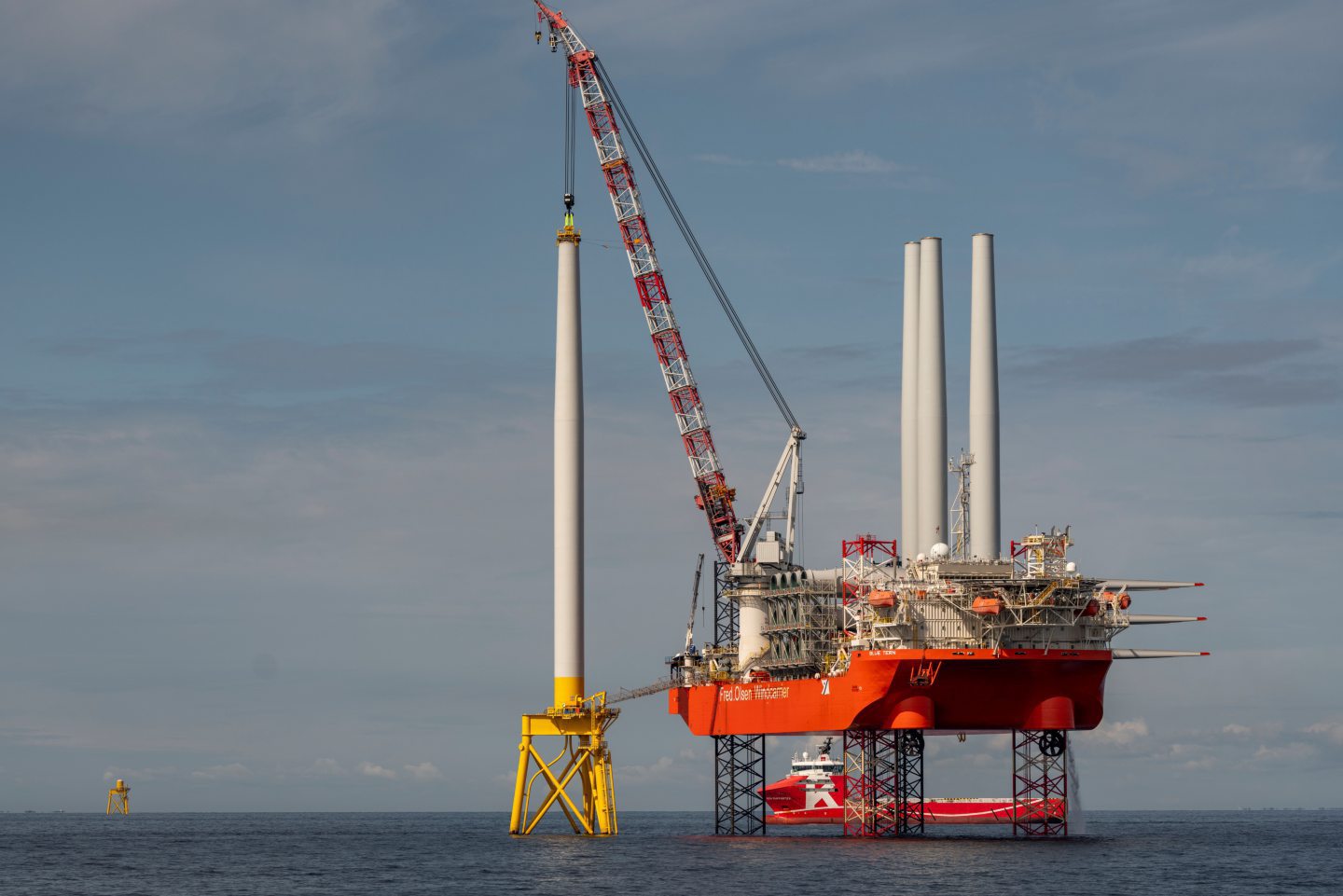 © Supplied by Neart na Gaoithe
© Supplied by Neart na Gaoithe